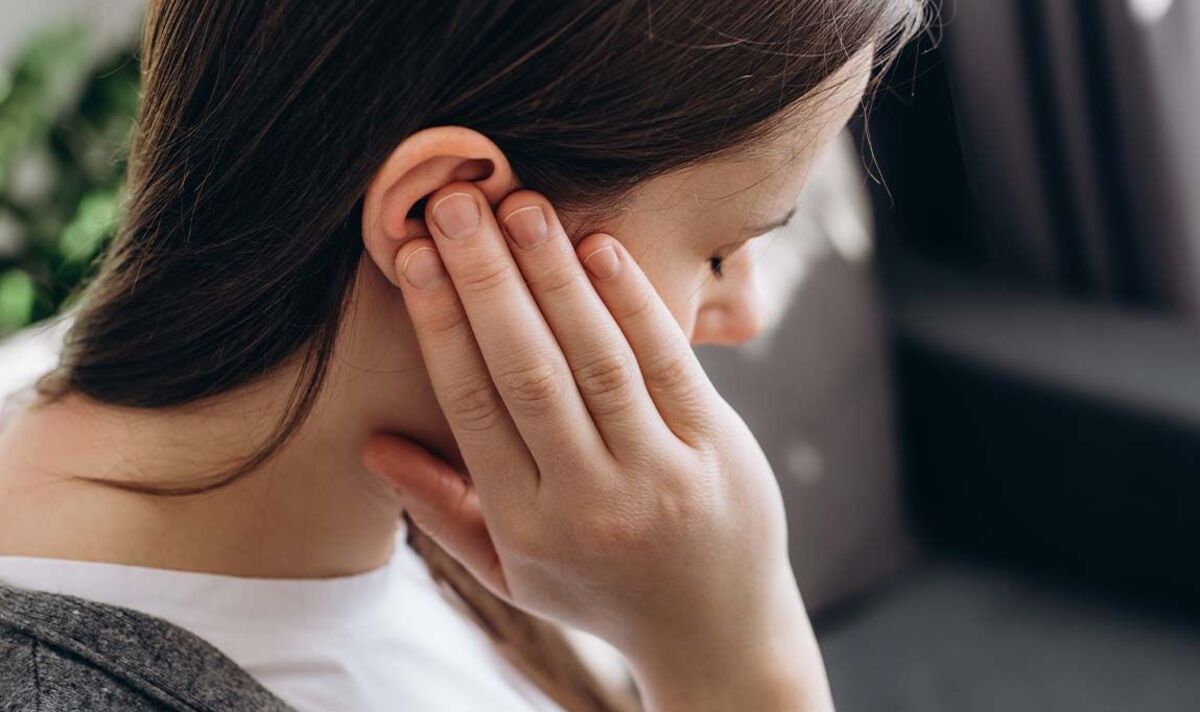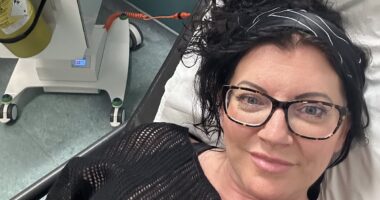A national hearing loss charity has warned that almost 10 million people in England can no longer access free NHS earwax removal services. The Royal National Institute for Deaf People (RNID) explained there was “no medical reason” for the withdrawal of these services.
It also added that some people who are unable to afford private treatment were turning to “dangerous self-removal methods”. According to the National Institute of Health and Care Excellence guidelines, wax removal should be provided in GP surgeries or other local ear-care services.
There are two main methods for removing earwax, including microsuction and electronic irrigation. The first uses a small vacuum to suck out wax, while the other relies on a machine that gently pumps pressurised water into the ear.
The RNID sent Freedom of Information requests to all 42 integrated health boards across England. 40 of them responded and:
- 18 funded a full service
- 15 restricted eligibility or did not offer the service across all their GP surgeries
- Seven commissioned no treatment at all.
The charity’s director of health, Crystal Rolfe, told BBC: “For the 10 million people who live in areas where there is no provision, the only option is to pay for it, which we know can cost up to £100 for just one procedure.
“Previous research shows that 26 percent of people say they wouldn’t be able to afford that, partly because some people need to have earwax removed several times a year.”
Annually, around 2.3 million people in the UK require earwax treatment, according to the NHS.
More commonly older people, hearing-aid users and those with a learning disability need the service.
The build-up of wax in your ear canal can trigger painful symptoms, including tinnitus, earache and hearing loss.
The RNID added it recognises that NHS boards are under financial constraints, but they said this is not an acceptable reason to reduce this service.
The charity said that patients in some areas are being told the service no longer exists even though GPs are still contracted to run it.
Worryingly, more people may be trying to remove wax themselves using “dangerous” methods, the RNID warned.
Their advice is to “never put anything in your ear smaller than your elbow”. Objects, ranging from cotton buds to fingers, should never be used in the ear canal.
Rolfe added: “For most people, it’s a self-cleansing mechanism and the wax just comes out on its own. If it’s got stuck in your ear, then you should go and see a GP, who might sometimes suggest olive oil drops in the first instance.”
While some ear wax removal products are available over the counter, the RNID shared there is “little evidence” that drops or sprays will resolve the issue in more than one out of every five people.
The government added that local health boards are responsible for commissioning services in their area based on the needs of the population, and GPs can still refer patients to a specialist audiology service if the problem is linked to hearing loss.









